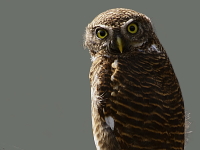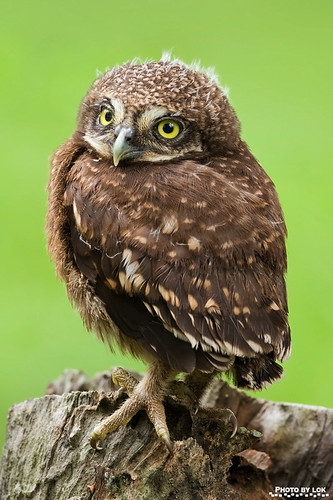Creatures of the Night
Some of the most remarkable animals are those that rarely or never see the light of day. These animals are nocturnal; they rest during the day and are awake at night. Over millions of years, these animals have developed traits that help them survive in the darkness.
Day and Night
One day is the 24-hour period during which the Earth rotates on its axis. An acceptable definition for young children is that a day is the period from sunrise to sunset, a time when we have light. The night is the period of darkness between sunset and sunrise. Seeing the sun during the day and the moon and stars at night is another way to discuss day and night. Listing activities we complete during the day and activities we complete at night is another way to compare and contrast day and night.
Shadows
Anytime there is light, there can be shadows. A shadow is formed when something blocks light. Night is a shadow. The sun is shining on one side of the earth, the other side is in shadow or darkness. At night we see shadows created by such things as car lights, porch lights, street lights.
Nocturnal Animals
After you go to bed at night many different kinds of animals are just waking up. These are the nocturnal animals, animals that sleep during the day and are active at night. These animals like the dark because they can hide better from their enemies, it is not as hot during the night, and it is easier to find food. These animals have many adaptations that allow them to be active at night. They may have larger ears to hear better, bigger eyes to see better, and body parts that glow in the night.
"Owls are a common nocturnal bird. Their nocturnal activities include hunting, finding and defending a territory, and communicating with a mate. Most owls prefer a habitat of old woods near open fields, but they have been found living in or near farms and urban areas. Many owls are cavity dwellers, building their nests in the holes of dead trees. Owls feed mainly on small mammals (rabbits, mice, squirrels, and chipmunks) but may also eat snakes, insects, birds, and frogs. Owls swallow their food whole: bones, fur, feathers, it all goes down to their stomachs. Since owls can’t digest bones and fur, the stomach pushes all of the indigestible material into a ball. The owl regurgitates this ball referred to as an owl pellet. Owl pellets may be dissected and the bones removed. Owl pellets have been studied extensively as they are an excellent indicator as to what the owl has been eating.
Owls have many adaptations for silently hunting at night.
Owls are one of the quietest of the nighttime predators.
Owls have large eyes and excellent eyesight for hunting.
 Owls can turn their head 180 degrees in each direction. An owl can turn its head quickly, looking as though the head turned all the way around.
Owls can turn their head 180 degrees in each direction. An owl can turn its head quickly, looking as though the head turned all the way around. Owls also possess fringed feathers at the end of their wings. This allows for silent flight because their feathers muffle the air being pushed over the wing.
Owls rest during the day in the protection of branches with leaves, holes in trees or in buildings.
Owls have brown, black, and tan colors that help camouflage them in the trees."--
From Nature Boxes for Early Childhood Educators, Debbi Williams, Story County Conservation Board, http://kindernature.storycounty.com/display.aspx?DocID=20053151353


No comments:
Post a Comment